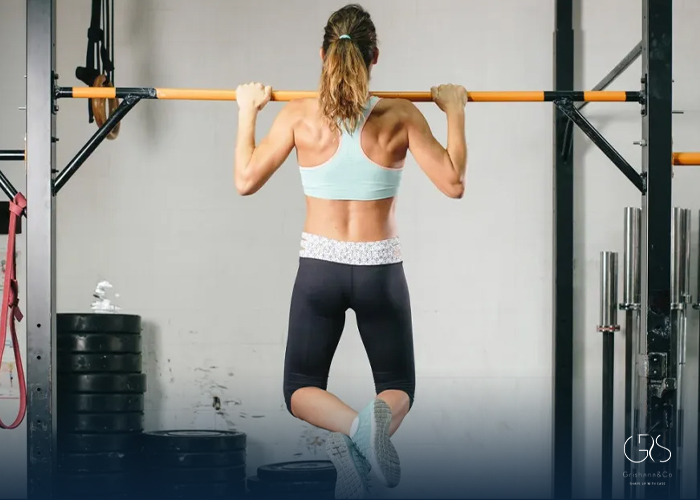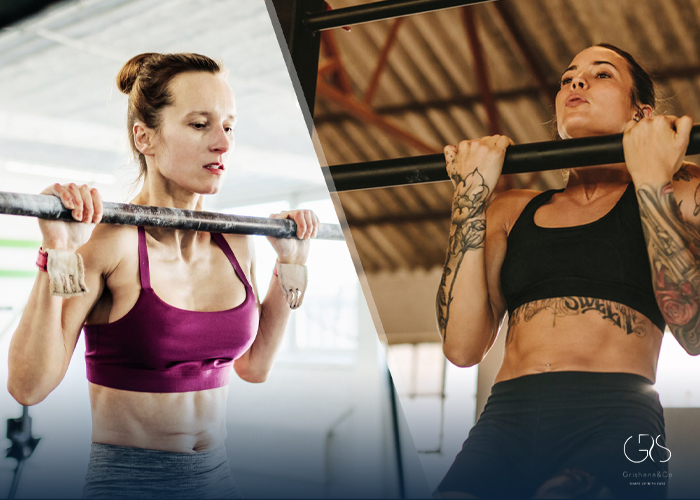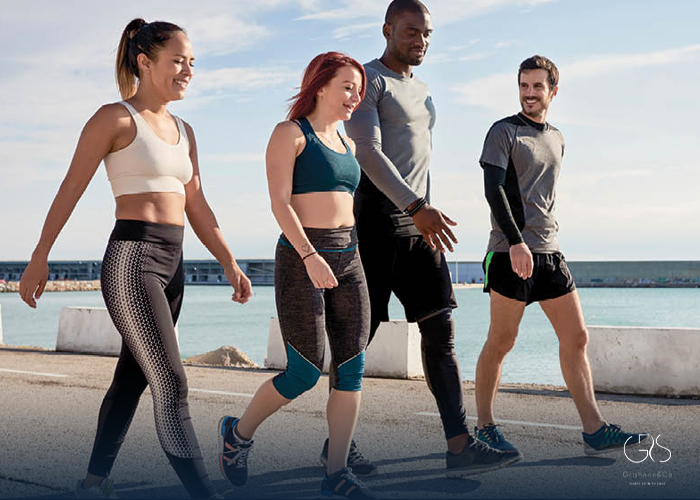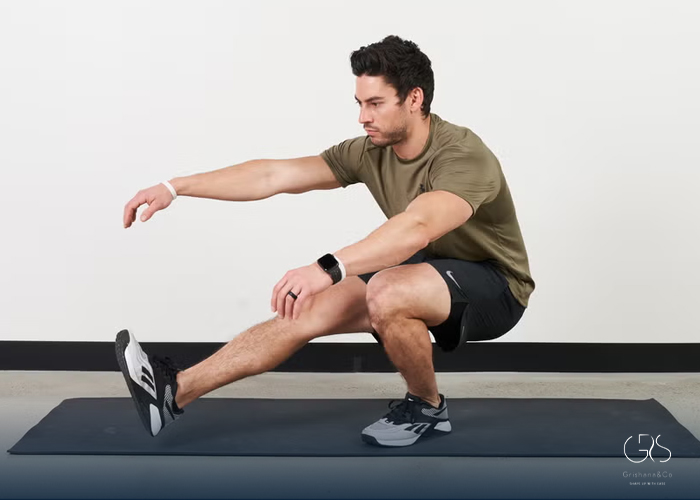Strength training is an essential component of any well-rounded fitness regimen, and chin-ups and pull-ups are two of the most effective exercises for developing upper body strength and muscle definition. However, mastering these movements can be challenging for beginners and experienced lifters alike. In this guide, we will break down the mechanics of the chin-up and pull-up, provide step-by-step instructions on how to perform them correctly, and offer tips for progressing and achieving your fitness goals.
Understanding the Difference: Chin-Up vs. Pull-Up
Before we delve into the specifics of how to perform chin-up and pull-up, it is important to understand the distinction between the two exercises. While they target similar muscle groups, the primary difference lies in the grip used:
- Chin-Up: In a chin-up, the palms are facing towards the body with a grip that is shoulder-width or narrower. This grip places more emphasis on the biceps and is generally considered slightly easier than a pull-up.
- Pull-Up: A pull-up is performed with an overhand grip (palms facing away from the body) that is often wider than shoulder-width. This grip engages the muscles of the back and shoulders to a greater extent than a chin-up.

Step-by-Step Guide to Performing a Chin-Up (or Pull-Up)
- Grip and Hand Placement: Begin by grabbing the bar with your hands shoulder-width apart (for chin-up) or wider than shoulder-width (for pull-up), palms facing towards or away from the body as desired.
- Hanging Position: Hang from the bar with your arms fully extended, shoulders relaxed, and core engaged.
- Initiating the Movement: Without swinging, engage your back muscles and core as you pull yourself up towards the bar.
- Focus on Range of Motion: Aim to pull your chin over the bar, keeping your shoulders down and back.
- Lowering Phase: Slowly lower yourself back to the starting position with control, fully extending your arms.
- Repeat: Perform the desired number of reps with proper form before resting.
Tips for Success:
- Engage your core throughout the movement to maintain stability.
- Avoid excessive swinging or kipping to maximize muscle engagement.
- Gradually increase the number of reps and sets as you build strength.
- Consistency is key – practice regularly to see improvements in your performance.
Progressions and Variations:
As you become more proficient at chin-ups and pull-ups, you can challenge yourself with various progressions and variations. Examples include:
- Weighted chin-ups/pull-ups to increase resistance.
- Assisted chin-ups/pull-ups using bands or a partner for support.
- Eccentric chin-ups/pull-ups focusing on the lowering phase for strength development.
The Benefits of Chin-Ups and Pull-Ups:

- Muscle Development: Chin-ups and pull-ups target multiple muscle groups simultaneously, including the back, biceps, shoulders, and core, helping to build strength and muscle mass.
- Functional Strength: These exercises mimic natural pulling movements used in daily activities, improving overall functional strength.
- Improves Grip Strength: Holding onto the bar during chin-ups and pull-ups also enhances grip strength, which is crucial for various lifts and activities.
Diverse Perspectives:
It’s important to highlight that individual with different body types, fitness levels, and goals may approach chin-ups and pull-ups differently. Beginners may need to focus on building foundational strength before attempting bodyweight movements, while advanced lifters may incorporate weighted variations to continue progressing.
Furthermore, individuals with mobility limitations or injuries may require modifications or alternative exercises to achieve similar benefits. Consulting with a fitness professional can help tailor a training program to individual needs and goals.
Conclusion:
Mastering the chin-up and pull-up requires practice, dedication, and proper technique. By following the steps outlined in this guide, incorporating diverse perspectives, and staying consistent with your training, you can increase your upper body strength, muscle definition, and overall fitness levels through these challenging yet rewarding exercises.
Sources
- American Council on Exercise, Arm Exercises Pull-ups
- Mayo Clinic, Strength training: Get stronger, leaner, healthier











